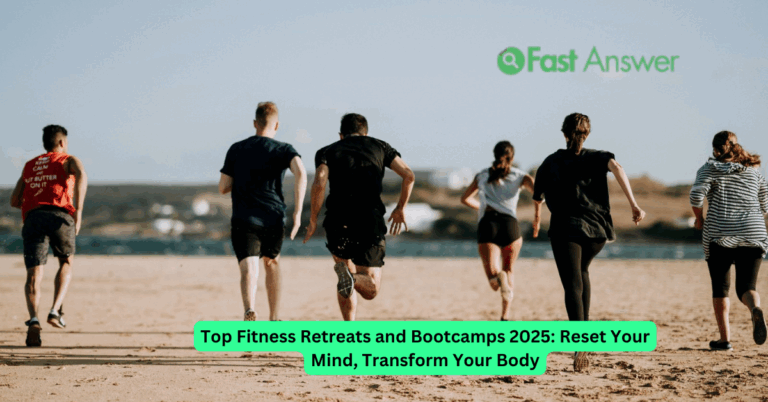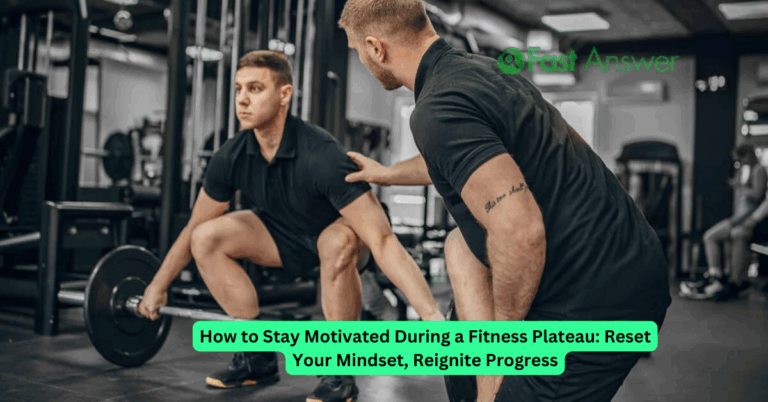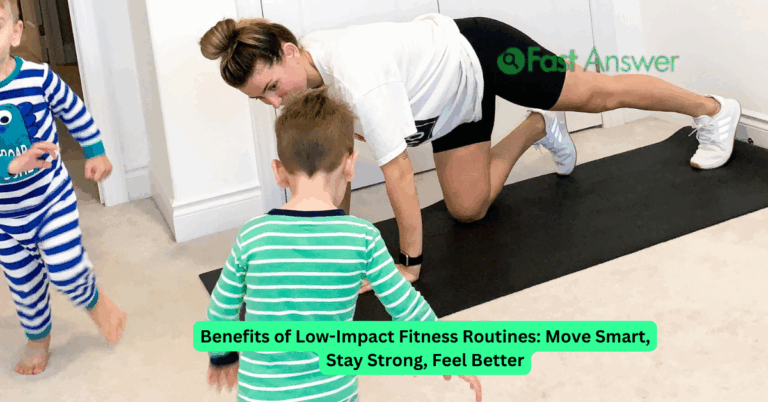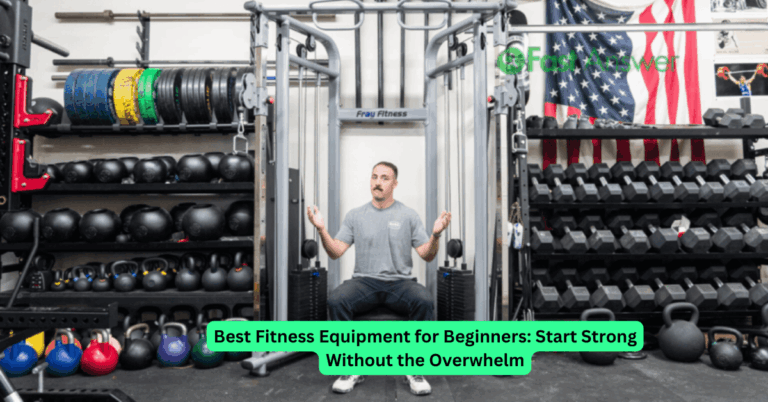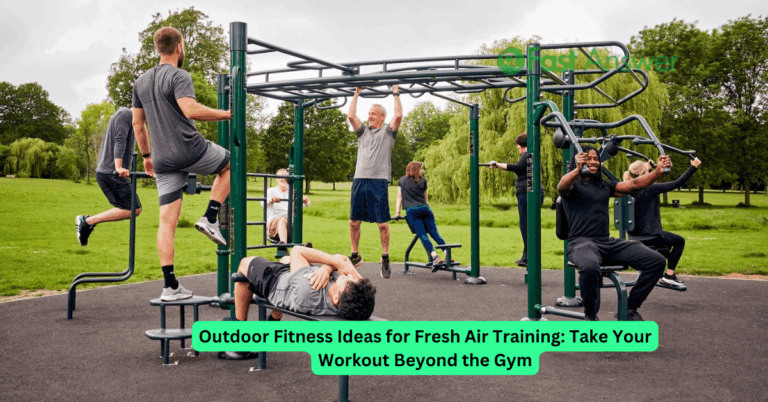Full-Body Fitness Workout Without Equipment: Transform Your Body Anywhere, Anytime
Not having access to a gym or equipment doesn’t mean you can’t get a powerful, full-body workout. In fact, body weight training can be one of the most efficient ways to build strength, boost endurance, and stay in shape no matter where you are. Whether you’re traveling, working out at home, or simply prefer a minimalist fitness approach, mastering workouts without equipment allows for consistency and versatility. This guide is ideal for beginners, busy professionals, and fitness enthusiasts who want results without the need for gear.
Why Bodyweight Training Builds Real Strength
Bodyweight workouts use your own mass as resistance, engaging multiple muscle groups simultaneously. Exercises like squats, push-ups, lunges, and planks activate your core while building functional strength. This type of training improves balance, coordination, and flexibility while still challenging your cardiovascular system. Without machines or weights to isolate movement, your body adapts holistically mimicking real-life motions for more natural strength development.
Design a Routine That Targets Every Muscle Group
A smart no-equipment workout can hit your upper body, lower body, and core all in one session. The key is exercise selection and flow. Pair movements like jumping jacks or high knees for warm-up, push-ups for upper body, squats or glute bridges for legs, and mountain climbers or planks for core. Repeat the cycle in circuits, adjusting intensity with speed or form modifications. This routine requires nothing but space and commitment.
Maximize Intensity With Time-Based Intervals
When you’re not lifting weights, intensity comes from time under tension and minimal rest. Use intervals like 40 seconds of movement followed by 20 seconds of rest to push your limits. This approach boosts your heart rate and builds endurance while maintaining muscle activation. You can even alternate high-intensity cardio bursts with slower, controlled strength movements to mimic HIIT without the need for equipment.
Adapt Movements for Progression and Challenge
No matter your fitness level, body weight exercises can evolve. Beginners may start with wall push-ups or partial squats, while advanced users can try diamond push-ups, pistol squats, or plank variations. Changing tempo, depth, or position increases difficulty. As you progress, you’re not just repeating movements you’re challenging your body in new ways, keeping results consistent and preventing plateaus.
Make Recovery Part of the Process
Without equipment, your body takes on all the load, making recovery just as important as the workout itself. Hydration, stretching, and proper rest ensure your muscles rebuild stronger. Incorporate rest days or gentle mobility sessions to balance your workout plan. This helps prevent overuse injuries and maintains long-term consistency in your training.
Frequently Asked Questions
Can I build muscle with bodyweight exercises only?
Yes. With proper technique, progressive overload, and consistency, bodyweight workouts can build lean muscle effectively.
How many days per week should I do a full-body workout?
Three to four sessions per week with rest or active recovery days in between works well for most people.
Do I need to warm up before a bodyweight workout?
Absolutely. Light cardio and mobility movements prepare your joints and muscles, reducing injury risk.
How long should a no-equipment workout last?
Anywhere from 20 to 45 minutes is sufficient, depending on your goals and intensity level.
What’s the best time of day to train without equipment?
Whenever you can consistently commit to it morning, afternoon, or evening. Consistency beats timing.
